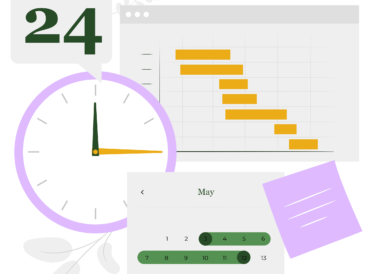Utilise business data
A huge but often overlooked component of good environmental practice for business, data is critical to effective and practical changes. Businesses can’t set targets and pull ideas for better environmental impact from thin air; data and current usage stats can create an awareness of areas to focus on and improve. By assessing where they currently stand in terms of environmental impact and use of resources, businesses can better plan and initiate impactful change.
This is achievable with simple assessments of current data streams or through the use of specialised EHS (Environmental, Health, and Safety) software. This technology is used by businesses to manage all corporate sustainability data, compliance information, and activities. To find the right EHS for your business, speak to our consultants who can guide you to the right system according to your business’ goals and budget.
When looking at business environmental data, some businesses may focus on just one aspect, such as water use, energy consumption, or even the use of printing, whereas others may do a total audit of all business practices and materials. Both strategies result in highlighted areas for improvement around a business. For example, when examining electricity use in the business premises, it may be found that lights are unnecessarily left on, so motion sensors and LED bulbs can be employed to reduce wasted energy. Or, by looking at spend on energy, a business may find that installing renewable energy solutions could save money and the environment in the long run.
From these reviews of current data, businesses can create practical targets, made realistic by the foundation in real-world information. Reducing carbon emissions by a certain percentage in a certain time frame, for example, will be more achievable for a business that understands their current carbon footprint and how it is created.
See more: How to Become a Carbon Neutral Business
Communicate environmental strategy
It’s one thing to create a strategy outlining how a business will reduce its environmental impact, but it’s another to present this in digestible and persuasive ways to employees and stakeholders. Plain presentations littered with jargon and lacking in evidence may fall on deaf ears and fail to enthuse the audience. This is especially key for persuading stakeholders of business
decisions, who may need persuasive rhetoric to accept changes.
Clear data presentation, with simple statements and visual elements like graphs help to display information in an engaging and compelling way. Having a clear strategy broken down into key stages, as well as data-backed arguments and future projections, not only explain how the business’ environmental impact will be reduced, but the long-term benefits this will provide. With a blinding presentation of data and strategy, stakeholders will be
enthralled with passion and sure to back any environmental changes.
For help presenting your data in insightful, informative ways, our expert team at SustainIt offer data visualisation assistance.


